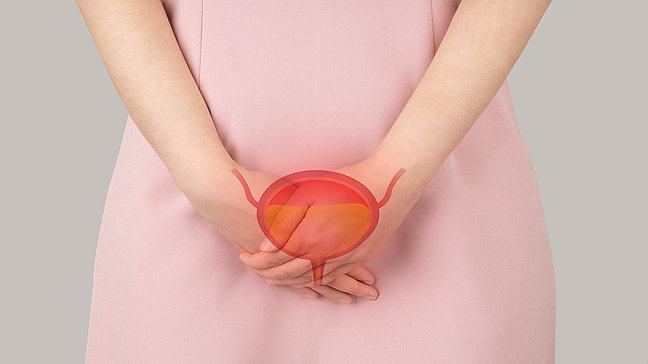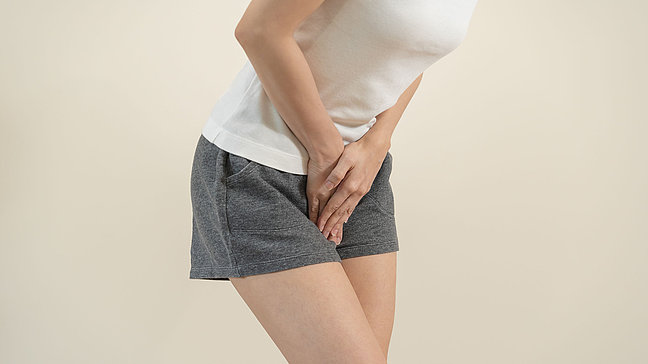
Pollakiuria
Causes of pollakisuria
The most common causes of pollakisuria are:
- Urinary tract infections (UTIs): Bacterial infections of the bladder (cystitis) or the urethra often cause irritations that lead to frequent urination.
- Cystitis: Chronic inflammations of the bladder, e.g., interstitial cystitis, also lead to pollakisuria.
- Overactive bladder: This condition leads to involuntary contractions of the bladder, increasing the urge to urinate.
- Prostate problems: In men, an enlarged prostate (benign prostatic hyperplasia, BPH) can exert pressure on the urethra and lead to frequent urination.
- Diabetes: Poorly controlled diabetes can cause pollakisuria due to increased fluid loss through urine.
- Pregnancy: The growing uterus can press on the bladder, causing more frequent urination.
Symptoms of pollakiuria
- Frequent urination, often at night (nocturia)
- Excretion of only small amounts of urine with each visit to the toilet
- Feeling of not being able to completely empty the bladder
- In some cases, pain or burning during urination (in urinary tract infections)
Diagnosis of pollakiuria
The diagnosis of pollakiuria requires an examination to identify the underlying cause. Typical diagnostic steps include:
- Urinalysis: To test for infections, blood, or other abnormalities in the urine.
- Bladder scan (ultrasound): To determine the bladder's fullness and the residual urine volume after urination.
- Blood sugar tests: To rule out or confirm diabetes as a possible cause.
- Cystoscopy: An endoscopic examination of the bladder may be necessary to detect structural or inflammatory changes.
Treatment options for pollakiuria
The treatment depends on the underlying cause:
- Antibiotics: Antibiotic therapy is prescribed for bacterial urinary tract infections.
- Medications for treating overactive bladder: These medications help relax the bladder muscles and reduce the frequency of urination.
- Prostate medications: In men with an enlarged prostate, medications such as alpha-blockers or 5-alpha-reductase inhibitors can be used to improve urine flow.
- Diabetes management: In diabetes, proper blood sugar level management can help reduce pollakiuria.
- Behavioral therapy: Bladder training and pelvic floor exercises can help improve bladder control and alleviate symptoms.
Preventive measures for pollakiuria
The prevention of pollakisuria depends on the cause. Good bladder hygiene, avoiding urinary tract infections by drinking enough fluids, and regularly emptying the bladder are helpful. Early treatment of bladder or prostate problems, as well as proper blood sugar control in diabetes, can also reduce the risk of pollakisuria.



